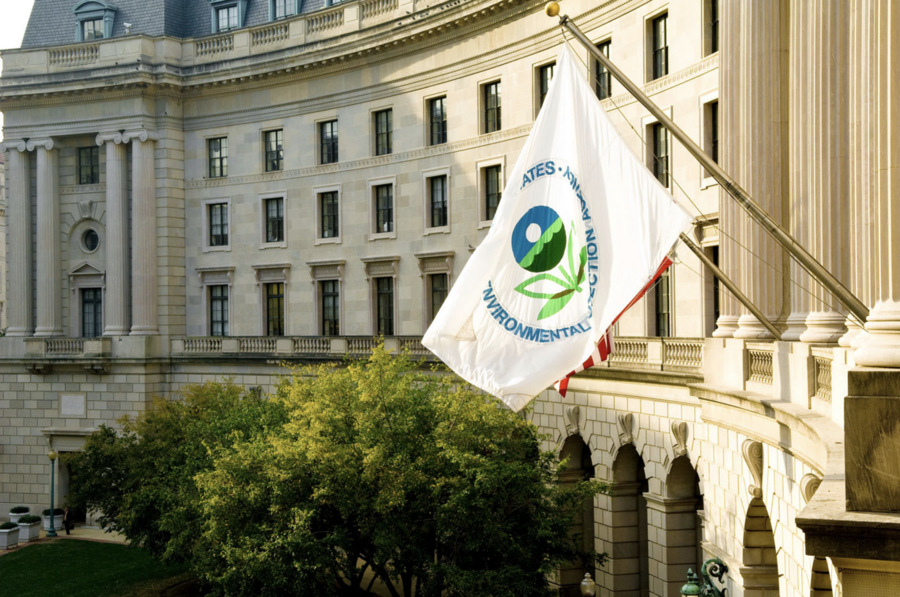This blog is excerpted from a blog posted today by UCSF's Program on Reproductive Health and the Environment (PRHE). See the complete posting from PRHE here.
With chemical production and use on the rise, and continued evidence that many chemicals in everyday products are linked to health problems such as cancer, infertility, and neurodevelopmental conditions, an interdisciplinary group of scientific experts said changes are urgently needed to better protect people from harmful chemicals.
Despite advances in science and a greater understanding of chemical health harms, the scientists say, the U.S. Environmental Protection Agency’s (EPA) approaches to assessing and regulating human health risks of chemical exposures have not changed much since the 1970’s.
“Chemical pollution is a worldwide crisis that threatens global ecosystems, food security, and human health and reproduction. However, the manufacture and production of industrial chemicals has continued to increase…with low-wealth communities and communities of color often bearing disproportionate burdens of exposure,” write the scientists in the first in a series of five papers published together in Environmental Health.
“Regulatory agencies urgently need to improve the use of science in decision-making processes and ensure that populations are not exposed to harmful levels of chemicals or classes of chemicals,” the scientists say in A Science-Based Agenda for Health-Protective Chemical Assessments and Decisions: Overview and Consensus Statement.
The scientists, including several veterans of EPA, are affiliated with the Science Action Network for Health and the Environment (SANHE). They outlined five principles for using science in hazard and risk assessment to reflect real-world risks and make chemical policy more health-protective:
Chemical producers must pay for data collection on the chemicals they produce or will produce.
- Do not treat lack of data like a lack of hazard, exposures, or risks.
- Better identify and protect populations that are disproportionately exposed and/or are more susceptible to harmful chemicals.
- Do not assume there is a “safe” or “no-risk” level of chemical exposure in the diverse general population.
- Evaluate and account for conflicts of interest in scientific studies used in hazard and risk assessments.
In four accompanying papers, the scientists provide scientific recommendations to update risk assessment to better capture exposures and hazards, guide decision making, and protect the public’s health. They include for EPA to:
- Improve its inadequate approach to exposure assessments that have prevented the Agency from fully protecting communities;
- Update methods to consider population variability and increase protection for people burdened by environmental exposures and/or social stressors such as poverty and racism;
- Quantify non-cancer health outcomes to better reflect real-world health consequences of exposures and improve benefit-cost analyses of regulations; and
- Adopt a class-based approach to evaluate chemical risks rather than evaluating hazardous chemicals one at a time.
PRHE will release blogs about each of the four papers throughout the month of January. All lead authors will participate in a webinar to discuss the papers on Thursday, February 2nd. Register for the webinar here.
Related resources
Impacting US chemical policy and environmental health (CHE blog by Swati Rayasam and Tracey Woodruff of PRHE, Jan. 4, 2023)


